Osteoarthritis: More Than Just “Wear and Tear”
OA: What is it? Why? What can be done?
What is Osteoarthritis (OA)?
The technical definition, according to Webster’s Dictionary, is arthritis marked by the breakdown of cartilage and bone of joints. In simpler terms, it’s inflammation combined with structural degeneration—commonly referred to as “wear and tear” of the joints.
This is often attributed to age or repetitive use, and while that’s partially true, it’s also a surface-level explanation. The problem arises when that’s the only explanation given.
The Real Problem: Why That Joint?
Too often, the conversation ends with:
- “You’re older now, and this happens—especially if you’ve run, been active, or played sports.”
But that doesn't explain why one specific joint, like a knee or hip, is experiencing more wear than others.
There’s rarely any further investigation into:
- Why that joint is overloaded
- What movement patterns contributed
- How the rest of the body is compensating
And unfortunately, this leads far too quickly to surgery without addressing the actual cause.
Let’s Dig Deeper
There are certainly cases where repetitive motions—like in specific sports or jobs—can wear down a joint. But for most of the patients we see, osteoarthritis develops because of the way they move day after day, year after year.
The human body is designed for each joint to work together in harmony. But in reality, we all move imperfectly—and those imperfections can lead to some joints being overloaded.
Example: The Knee
Often, the knee ends up taking on more rotational force than it was designed for. Why?
Because either the hip or the foot isn’t doing its job in controlling that rotation. That added torque builds up step after step, year after year—leading to degeneration.
What Can Be Done Instead of Surgery?
Here’s the good news:
There’s a lot that can be done before turning to surgery.
Surgery might correct the structural damage—but it doesn’t fix how you move. And if you never change the way your body moves, you’ll likely end up with the same issues again.
At Outsider Physical Therapy, we believe this is exactly where rehab professionals can make the biggest difference.
The Outsider Approach: Movement + Strength
Can we:
- Address faulty movement patterns?
- Support those corrections with targeted strength work?
If so, we can often eliminate the need for surgery altogether—or at the very least, drastically improve surgical outcomes.
And to be clear:
We’re not saying it’s just about movement, or just about strength. It’s both. One without the other simply won’t last.
If you move better but don’t have the strength or neuromuscular control to support that movement—it breaks down.
If you get strong but never learn how to move properly—you’re reinforcing poor patterns and continuing to overload specific areas.
Our Mission at Outsider PT
We aim to uncover the real reason behind your OA.
- What is the root cause that led to this joint breaking down?
- How can we fix the pattern?
- How do we build a stronger, more capable version of your previous self?
To Recap:
- What is OA? Wear and tear of joints.
- Why does it happen? Often due to movement dysfunction and imbalances.
- What can be done? Fix the root movement issue, then strengthen through it.
Feeling Stuck with Joint Pain?
If this message resonates with you—or you’ve been told surgery is your only option—reach out to Outsider PT today.
Let’s work together to build a plan that actually addresses the why behind your pain.
📞 Call us | 📥 Message us | 📍 Located in Dallas, TX





